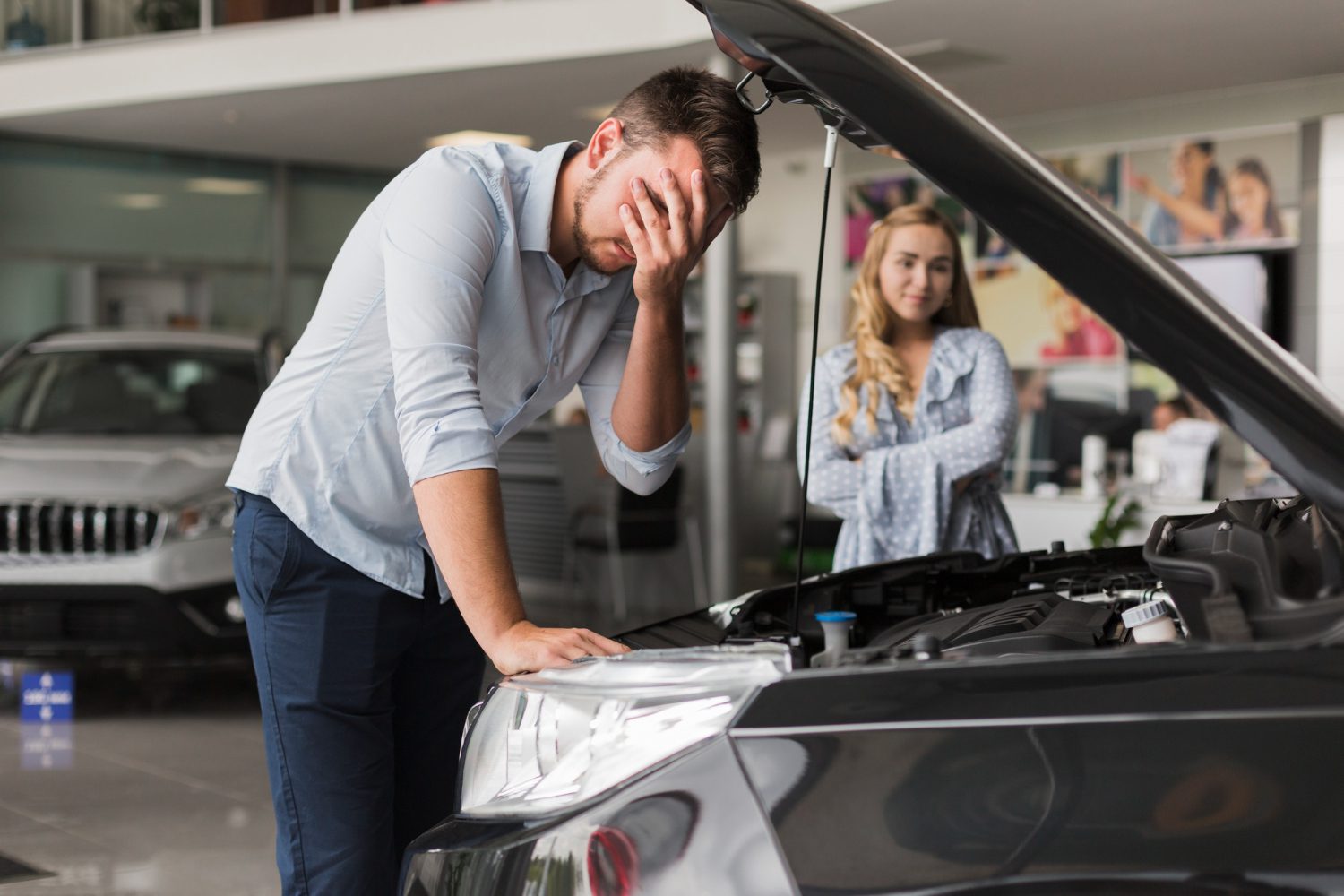Owning a car comes with a fair share of responsibilities, and at some point, you’ll encounter issues that need to be addressed. While some car problems require a mechanic, many common issues can be fixed at home with basic tools and knowledge. Not only will you save time and money, but you’ll also feel empowered as a DIY car enthusiast.
Here are the top 7 common car problems and easy, step-by-step instructions on how to fix them yourself.
1. Dead Battery
A dead battery is one of the most common car problems, often occurring when the battery ages or you leave lights on overnight.
How to Fix It:
- Tools Needed: Jumper cables, another car with a good battery.
- Steps:
- Park the car with the good battery next to your car.
- Turn both cars off and attach the jumper cables: red to positive (+) and black to negative (-).
- Start the car with the good battery and let it run for a few minutes.
- Try starting your car.
- Once it starts, remove the jumper cables in reverse order and let your car run for 10-15 minutes to recharge the battery.
Prevention Tip: Regularly check your battery’s health and replace it every 3-5 years, depending on usage.
2. Flat Tire
A flat tire can happen unexpectedly due to a puncture, low pressure, or wear and tear. The good news? Changing a tire is a relatively simple process.
How to Fix It:
- Tools Needed: Spare tire, car jack, lug wrench.
- Steps:
- Loosen the lug nuts with the lug wrench.
- Use the jack to lift the car off the ground.
- Remove the flat tire and replace it with the spare.
- Tighten the lug nuts by hand, then lower the car and tighten them further with the wrench.
Prevention Tip: Check tire pressure monthly and inspect for any damage or wear to prevent unexpected flats.
3. Squeaky Brakes
Squeaky brakes can indicate worn brake pads or the need for lubrication. While it can be annoying, addressing this issue early can prevent costly repairs later.
How to Fix It:
- Tools Needed: New brake pads, brake cleaner, C-clamp, socket wrench.
- Steps:
- Remove the wheel to access the brake caliper.
- Use a wrench to remove the caliper and old brake pads.
- Clean the brake assembly with brake cleaner.
- Compress the brake piston using the C-clamp and install the new brake pads.
- Reassemble the caliper and wheel.
Prevention Tip: Replace brake pads every 25,000 to 70,000 miles depending on driving conditions.
4. Engine Overheating
An overheating engine can be caused by a lack of coolant, a faulty thermostat, or a malfunctioning cooling fan.
How to Fix It:
- Tools Needed: Coolant, radiator cap.
- Steps:
- Safely pull over and turn off the engine.
- Wait at least 30 minutes for the engine to cool.
- Open the hood and check the coolant level in the radiator or overflow tank.
- Add coolant if the level is low and inspect for leaks.
Prevention Tip: Regularly check coolant levels and flush the radiator every two years to avoid overheating.
5. Headlights Not Working
If one or both of your headlights stop working, it could be due to a blown fuse, a burnt-out bulb, or a wiring issue.
How to Fix It:
- Tools Needed: Replacement headlight bulb, screwdriver, gloves.
- Steps:
- Open the hood and locate the headlight assembly behind the bulb.
- Disconnect the electrical connector and remove the old bulb.
- Insert the new bulb, making sure not to touch the glass (use gloves).
- Reconnect the electrical connector and test the lights.
Prevention Tip: Replace headlight bulbs in pairs to ensure even lighting and visibility.
6. Excessive Exhaust Smoke
Different colors of exhaust smoke can indicate various issues. Black smoke usually signals a fuel issue, blue smoke points to oil burning, and white smoke suggests coolant leaking into the engine.
How to Fix It:
- Tools Needed: New air filter (for black smoke), oil filter (for blue smoke).
- Steps:
- Black Smoke (Fuel Issue): Check and replace the air filter if dirty.
- Blue Smoke (Oil Issue): Check your oil level and look for leaks. Change the oil and replace the oil filter if needed.
- White Smoke (Coolant Issue): Check coolant levels and inspect for leaks in the head gasket.
Prevention Tip: Perform regular maintenance such as oil changes and air filter replacements to prevent excessive smoke.
7. Car Pulls to One Side
If your car pulls to one side while driving, it could indicate an alignment issue, uneven tire pressure, or worn suspension components.
How to Fix It:
- Tools Needed: Tire pressure gauge, tire pump.
- Steps:
- Check the tire pressure on all tires and inflate them to the recommended level.
- If the problem persists, you may need a professional alignment.
Prevention Tip: Rotate your tires every 6,000 to 8,000 miles and check tire pressure monthly to prevent uneven wear.
Final Thoughts
Many car problems can be easily fixed with basic tools and a bit of know-how, saving you time and money at the mechanic. By taking a proactive approach to car maintenance and learning how to fix common issues yourself, you’ll keep your vehicle running smoothly and extend its lifespan.
Whether it’s replacing a dead battery, fixing a flat tire, or handling squeaky brakes, this guide can help you tackle some of the most common car problems you’ll encounter on the road. Happy driving and good luck with your DIY car repairs!
Have any questions or need more car maintenance tips? Leave a comment below, and we’ll be happy to help!
Read more about How to Extend the Life of Your Tires










